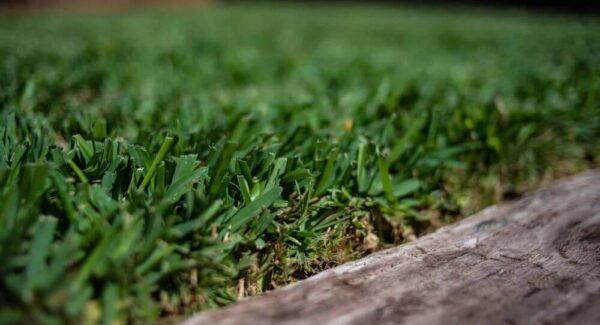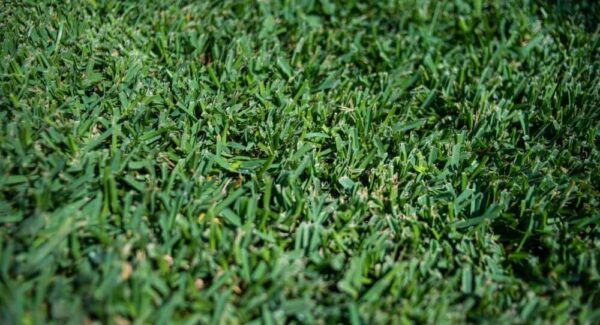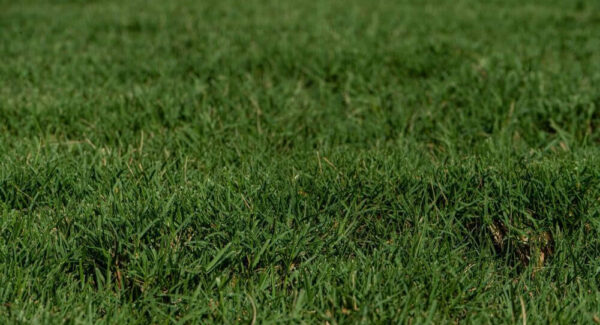Transplant Shock Or Different/Incorrect Variety
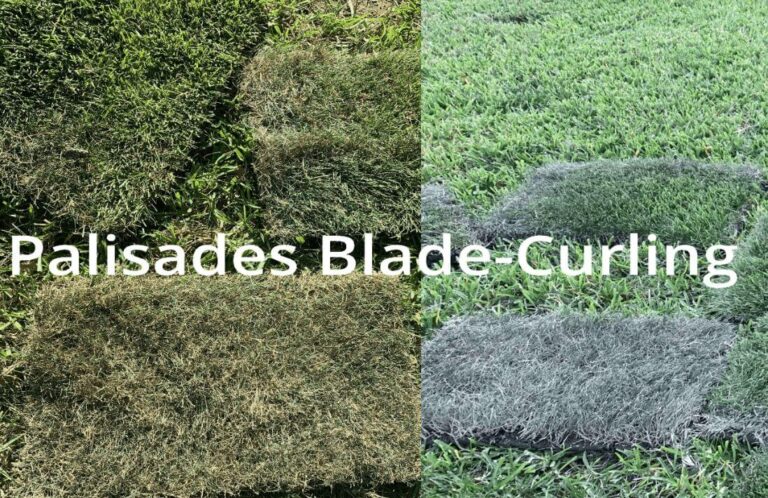
One of the most common characteristics of transplant shock is blade-curling, especially in Zoysia Palisades. Blade-curling occurs post-harvest because the root system is temporarily unable to access water from the earth. When the moisture in the soil & leaves is removed through evaporation & wind, the grass blades become dehydrated & begin to curl up, shrink, or fold. Without close inspection, these dry leaves can look just like a fine-bladed cultivar, native grass, or weed.
Further, the extensión de curvatura de la hoja puede variar en función de ambient temperatures, wind speedsy harvest time. For example, the grass on the first pallet harvested will stress more than the last because it will sit on the pallet a little longer. Likewise, the top layers on the pallet are more exposed to the sun & wind. This increased exposure causes these grass blocks to dry out quicker. Please look at the grass a few layers down, as this grass will better depict the variety’s characteristics.
Additionally, we rotate our mantenimiento y riego schedule. Some grass may have been more recently irrigated or received heavy coastal rain. Grass harvested from these areas will dry out a bit slower. Also, areas we have recently treated with a pre-emergent herbicide or high-nitrogen fertilizer will stress a little quicker. These are just a couple of examples where more significant blade-curling might be observed.
As pictured above, this gradual blade shrinkage will cause some blades to be more curled than other blades. Frequently, this will create a concern that there are different cultivars mixed into the blocks or pallets. When customers reach out to us concerned that they received the incorrect variety or grass contaminated with weeds, the issue is almost always due to blade-curling.
Blade-curling observado on el delivery día is a common concern es decir resolved if el césped es promptly instalado y regado. As long as you adecuadamente irrigate according to your yard conditions, tipo de suelo, and the weather, the blades se oleaje volver a regular anchura.
Depending on ambient temperatures, weather, and your irrigation schedule, your grass blades should oleaje with proper water within a week or two. If you observe your grass declining versus improving over the next few weeks, please reach out to us as soon as the decline is observed. Please note that the grass will need a few days of proper irrigation once installed before noticeably improving. However, please do not wait until the grass has died to notify us.
Causas comunes:
- Temperaturas ambiente de 80°F y superiores
- Retraso en la instalación
- Instalación incorrecta (huecos, solapamientos, etc.)
- Grass Cultivar
- Harvest Time
- Farm Maintenance
- Velocidad del viento
- Riego diferido
- Método de riego (riego manual)
- Mal funcionamiento del riego
- Pendiente/escurrimiento de agua
- Bloques superiores (más expuestos al viento y al sol)
Resolución:
- Imágenes del día de la entrega
- Día de entrega Contacto
- Preparación adecuada del terreno
- Instalación rápida
- Riego inmediato
- Método de riego adecuado
- Calendario de riego adecuado
